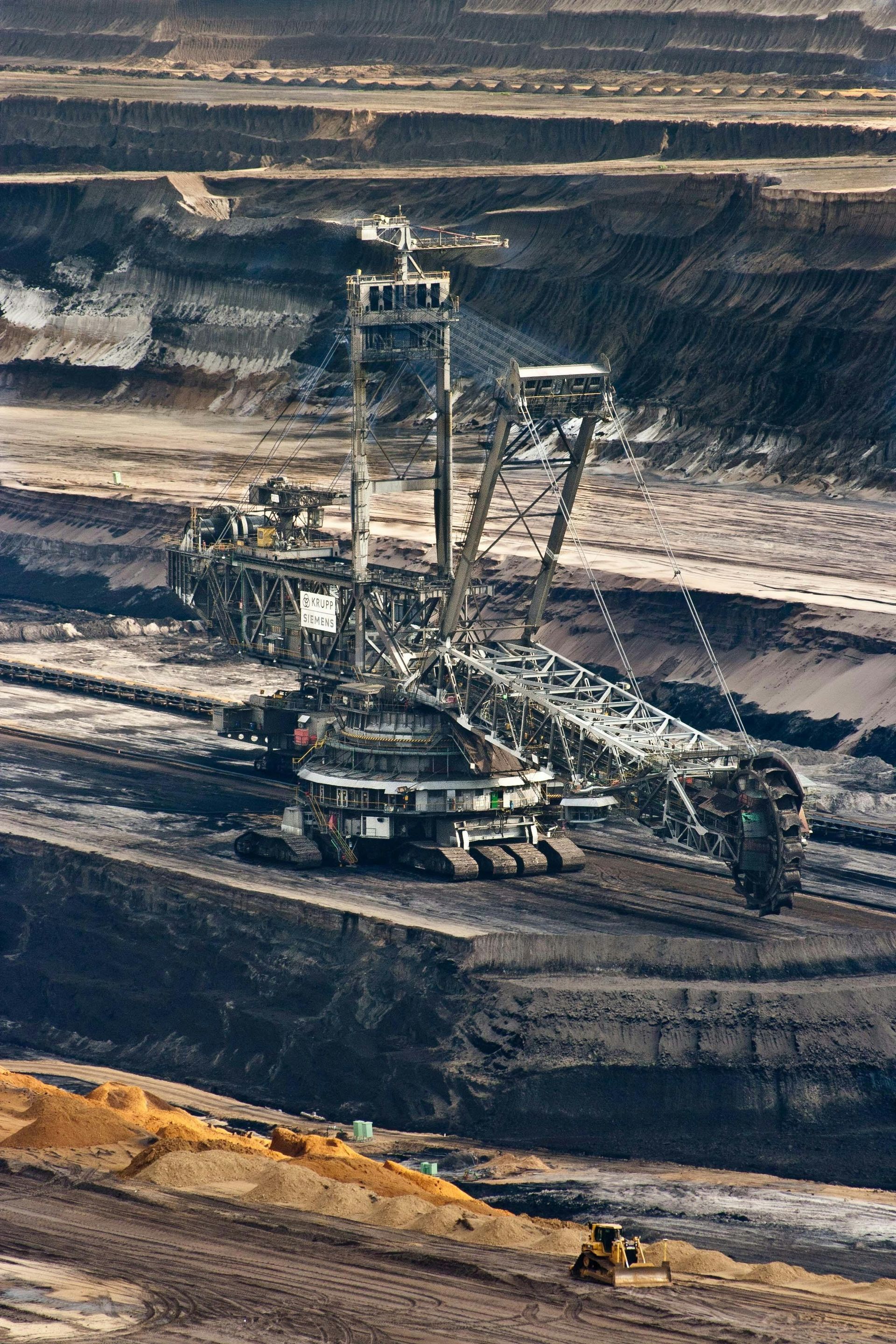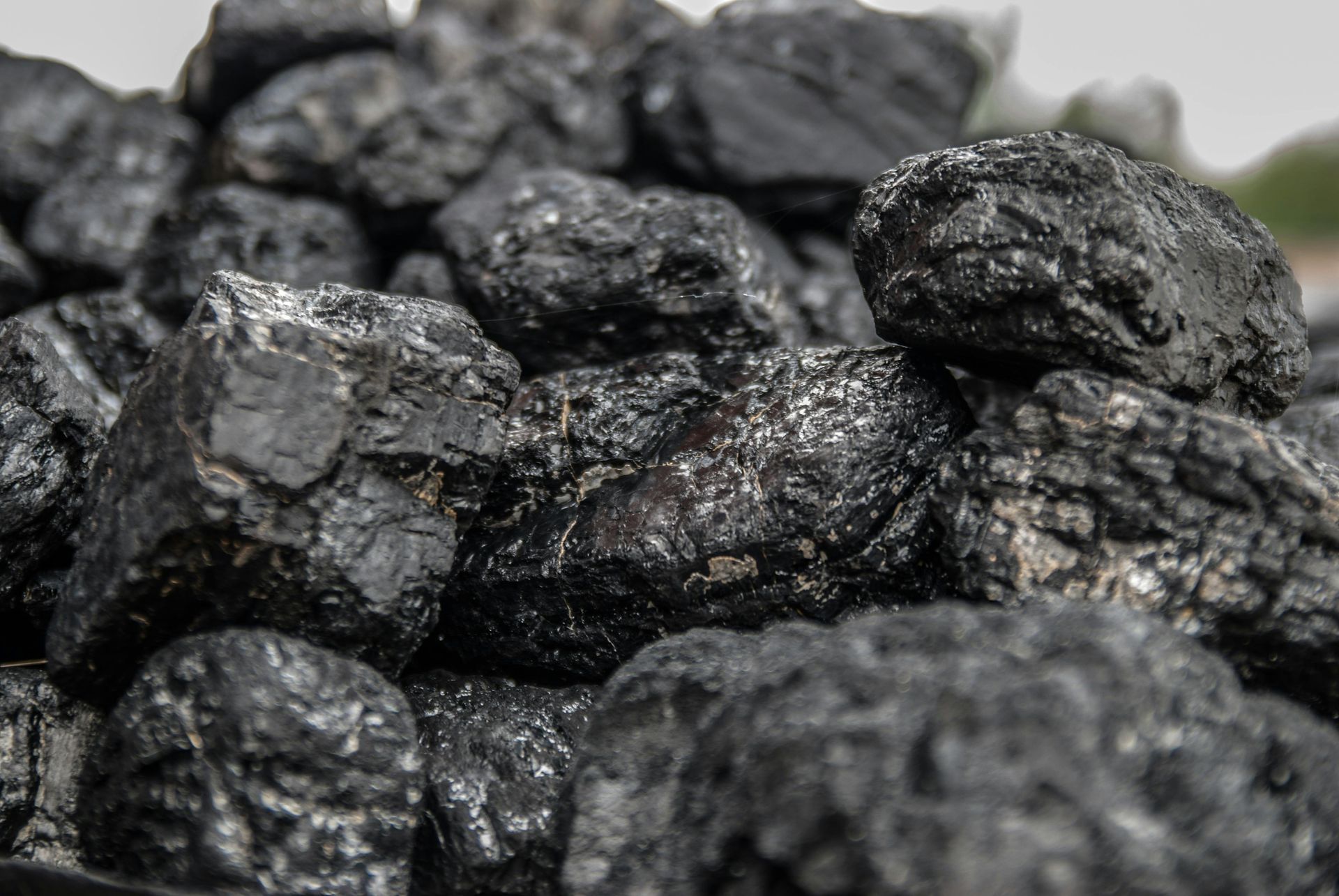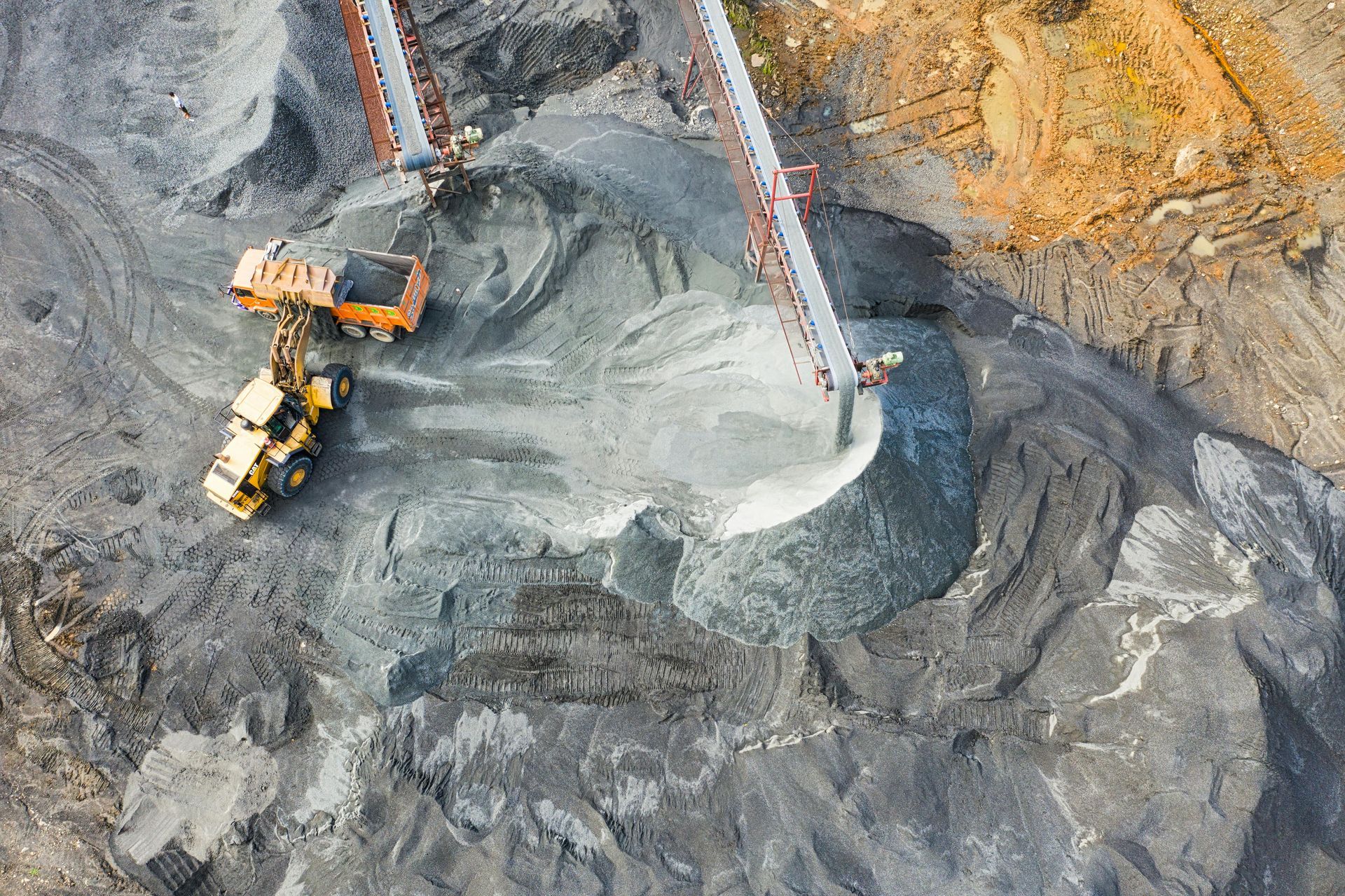Coal

Why is coal still important?
Coal mining remains important for several reasons, though its role is evolving due to economic, environmental, and technological shifts. Here's a breakdown of why it continues to matter:
1. Energy Production: Coal is still a significant source of electricity in many countries. In 2024, coal accounted for about 27% of global electricity generation, especially in nations like China (60% of power mix), India (75%), and parts of Southeast Asia. It’s reliable and affordable for baseload power, supporting grids where renewables aren’t yet scaled up.
2. Industrial Uses: Coal, particularly metallurgical coal, is critical for steel production, which relies on coke (derived from coal) in blast furnaces. Global steel demand, driven by construction and infrastructure, keeps coal mining relevant. Roughly 70% of global steel production uses coal.
3. Economic Impact: Coal mining supports millions of jobs and regional economies, especially in coal-dependent areas like Appalachia (USA), Queensland (Australia), or Shanxi (China). In 2023, the global coal industry employed over 7 million people directly and indirectly. Transitioning too quickly risks economic disruption.
4. Energy Security: Some countries prioritize coal to reduce reliance on imported fuels. For example, nations with limited natural gas or oil reserves, like India or South Africa, lean on domestic coal to ensure stable energy supplies.
5. Transition Challenges: While renewables like solar and wind are growing, they can’t yet fully replace coal in many grids due to storage limitations and intermittency. Coal plants often serve as a backup during peak demand or when renewables underperform. In 2024, global coal demand hit 8.7 billion tonnes, up slightly from 2023, showing its persistence.
6. Export Markets: Coal remains a valuable export for countries like Australia, Indonesia, and Russia. In 2023, global coal trade reached 1.4 billion tonnes, with demand from Asia driving growth. This fuels economies in producing nations.
Types of coal we source:
1. Anthracite Coal: Anthracite coal is known for its high carbon content, typically exceeding 86%, which gives it a shiny, glossy appearance. It is considered the highest rank of coal due to its hard texture and its classification as a metamorphic rock. This type of coal is renowned for burning cleanly with minimal smoke, making it an attractive option for residential heating and industrial processes where air quality is a concern.
2. Bituminous Coal: Bituminous coal is the most abundant type of coal, characterized by its relatively high carbon content, ranging from 45% to 86%. It is often used for electricity generation and steel production due to its combustibility and versatility. This type of coal has a softer texture compared to anthracite and possesses a variety of subtypes, each suited for different applications, including thermal and metallurgical purposes.
3. Coking Coal: Coking coal, also known as metallurgical coal, is a specific type of bituminous coal that is crucial in the steel-making process. It is unique in its ability to be converted into coke, a porous and carbon-rich material that plays a vital role in the production of iron and steel. The properties of coking coal make it an essential resource in the metallurgical industry, supporting high-temperature processes and contributing to the overall efficiency of steel production.


4. Lignite Coal: Lignite, often referred to as brown coal, is a type of coal that is characterized by its lower carbon content and higher moisture levels compared to other coals. It is primarily used as a fuel for electricity generation in power plants. Due to its relatively high water content, lignite has a lower energy density, which means it produces less energy when burned than higher-grade coals. However, it is abundant in many regions and is a critical resource for countries that rely on it for domestic energy production.
5. Steam Coal: Steam coal, also known as thermal coal, is a type of coal primarily used for generating electricity and in various industrial processes that require heat. Unlike coking coal, which is used in steel production, steam coal is burned to produce steam, which drives turbines in power plants. This type of coal is typically mined and processed to meet specific energy and combustion requirements, ensuring optimal efficiency and minimal environmental impact during use. As a vital component of the world's energy supply, steam coal continues to play an important role in many economies.